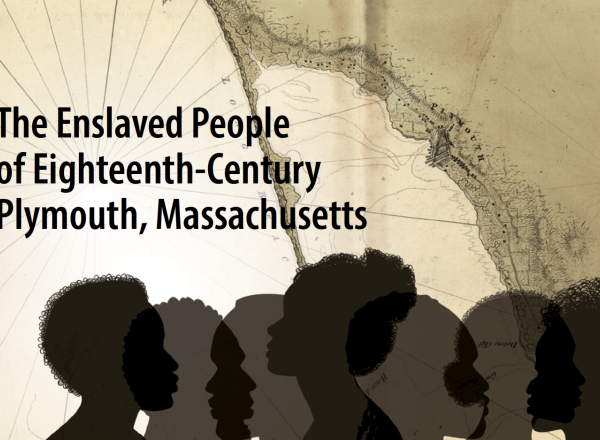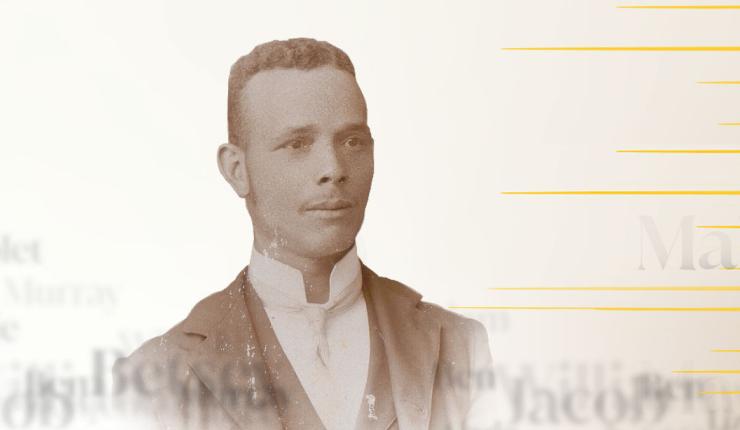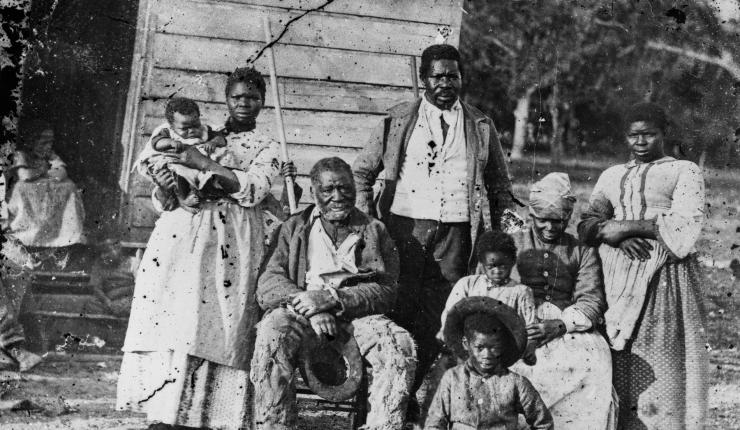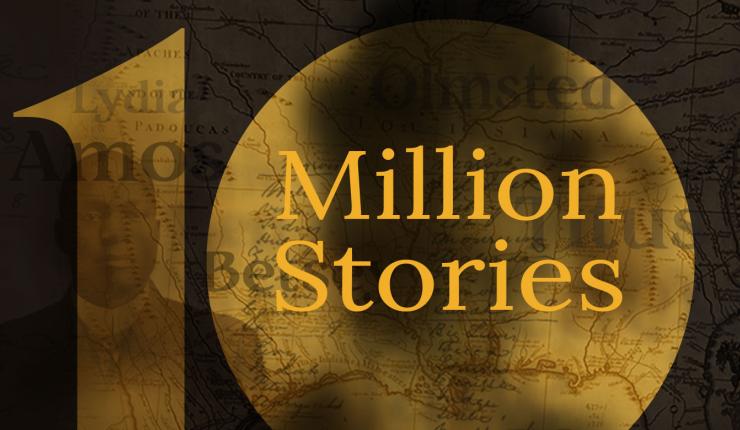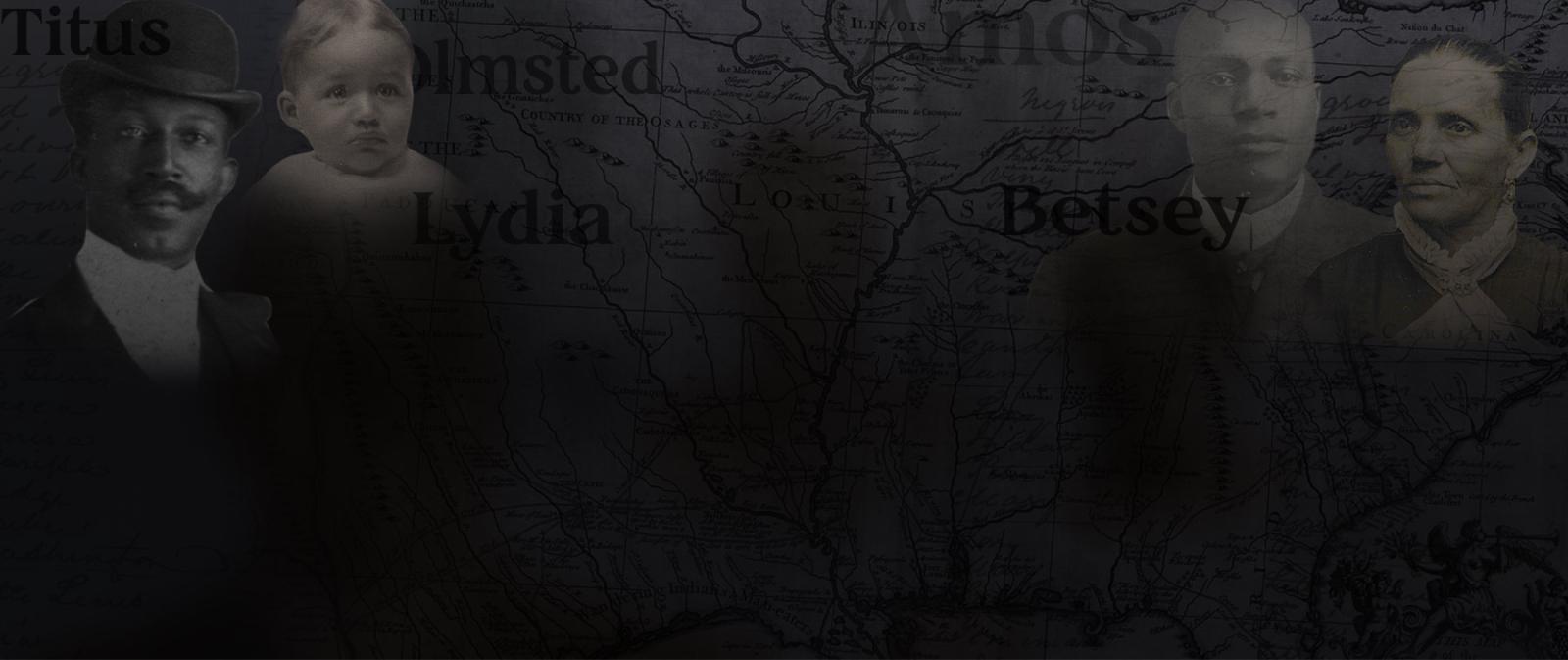
Stories
Defining Their Absence: The Valentine Family of Rye
In 1999, when I first arrived as a volunteer at the Jay Heritage Center in Rye, New York, I noticed a tall, two-sided kiosk near the entrance. Each side showed a man’s face. These two men were born into very different circumstances but were nonetheless inextricably linked.
On the back of the kiosk, and much less visible, was an image representing Caesar Valentine, a man enslaved by the Jay family for decades.
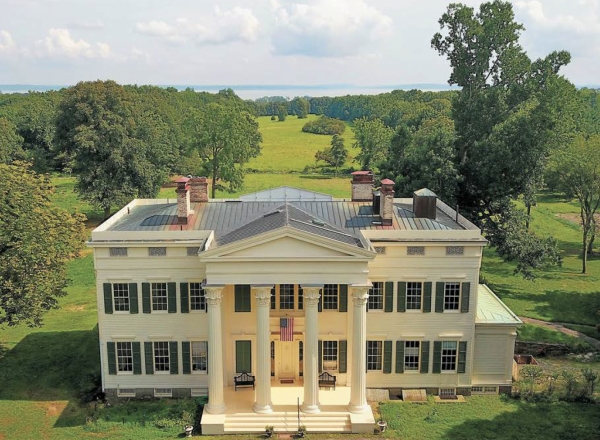
"Northern Liberty" How Four Enslaved Women Found a Haven in New Bedford, Massachusetts
On June 21, 1834, an enslaved woman named Betsey arrived at the port of New Bedford, Massachusetts, on the sloop Northern Liberty. She and her daughters, Helen and Jane; a young boy named Toby; and another girl, Margaret, were accompanied by their enslaver, Georgia planter Patrick Gibson.
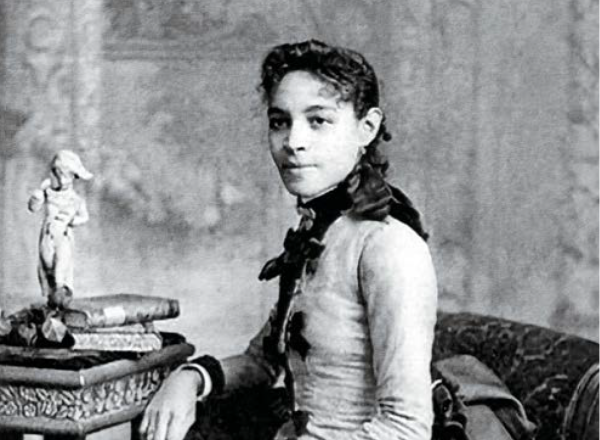
Introducing Plymouth County, Massachusetts Freeperson Families in 1790
Plymouth’s Mayflower white families have been well-studied, but the lives of the Black men, women, and children enslaved by those families and their descen-dants are vastly under-represented in historical research. A native of the area myself, I have spent over two de-cades researching enslaved and free Black Revolutionary War soldiers of Plymouth County.
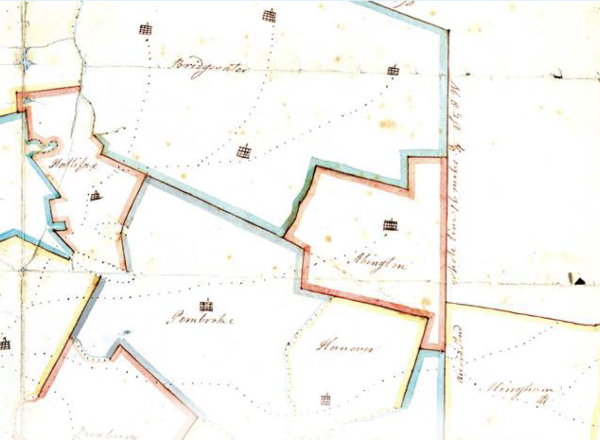
"Phillis Hammond’s Silence" An Epilogue to the Greenleaf Murder Case
In “Murder by Arsenic: The Ill-Fated Greenleaf Children and Their Portraits, 1750–1751,” a chapter in my 2005 book, Witches, Rakes, and Rogues: True Stories of Scam, Scandal, Murder, and Mayhem in Boston, 1630–1775, I set out to investigate a longstanding mystery.
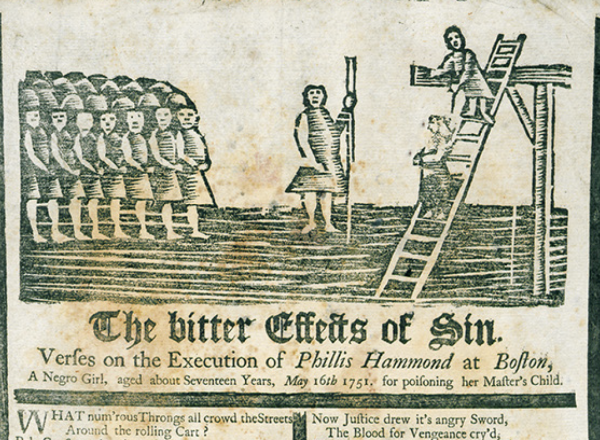
"Of Desdemona's Struggle" A Search for a Black Family in Civil War America
In 2016, American Ancestors acquired a series of pen and ink sketches that seem to depict the efforts of a woman, apparently named Desdemona Carter, to secure a Union Army pension. Much about these drawings remains unknown. The gallery that sold the sketches to American Ancestors provided an estimated date of ca. 1875, but their precise origin and age is unknown. Who composed these sketches, and where? Again, we do not know.
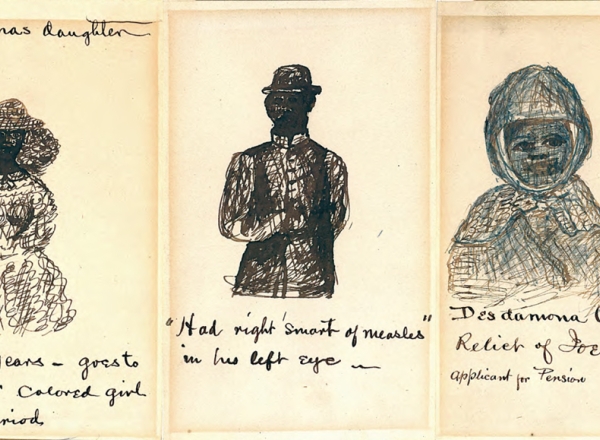
"The Marriage Was No Marriage" Crossing Racial Lines in Territorial Arizona
The 10 Million Names Project at American Ancestors prompted me to begin researching African Americans who lived in Pima County, Arizona Territory, between 1856 and 1912. One of these individuals was Fannie (Smith) (Garcia) Pogue.
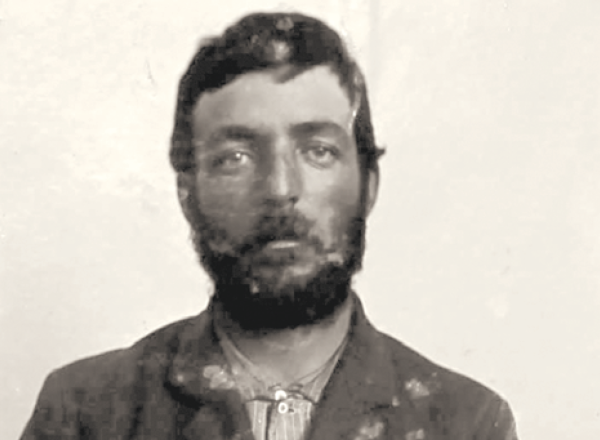
The Enslaved People of Eighteenth-Century Plymouth, Massachusetts
The population of colonial Plymouth is well documented, the town’s multitude of records seemingly thoroughly mined for historical and genealogical purposes. One population, however, has been overlooked—enslaved Black men, women, and children. Their numbers were not large, but they were a visible presence in the town, which had an overall population of approximately 1,000 in 1690 and 2,380 in 1783.
